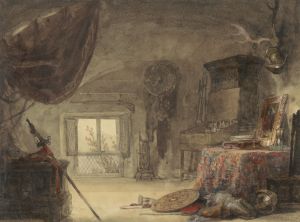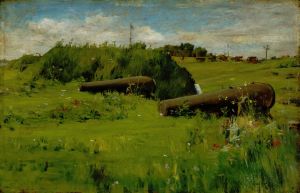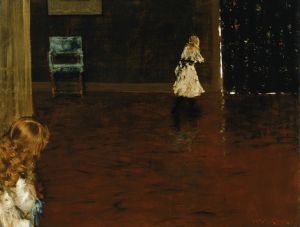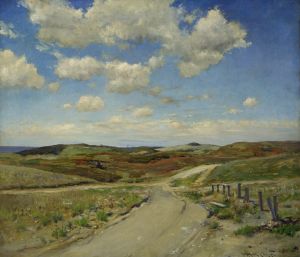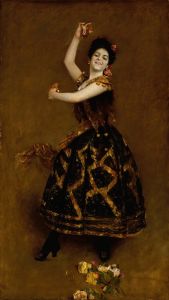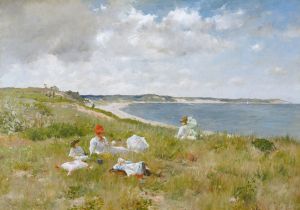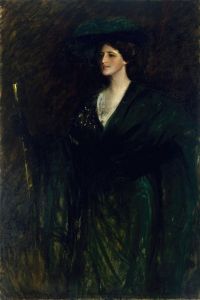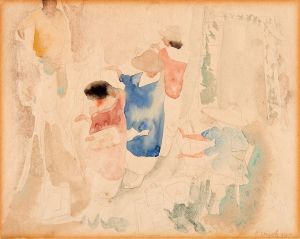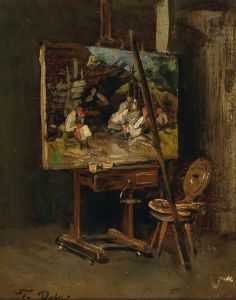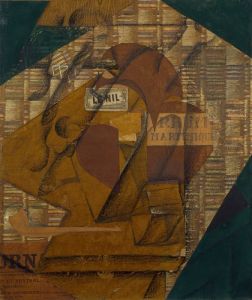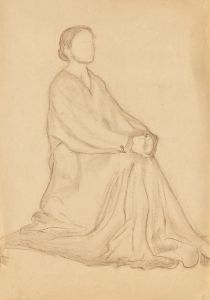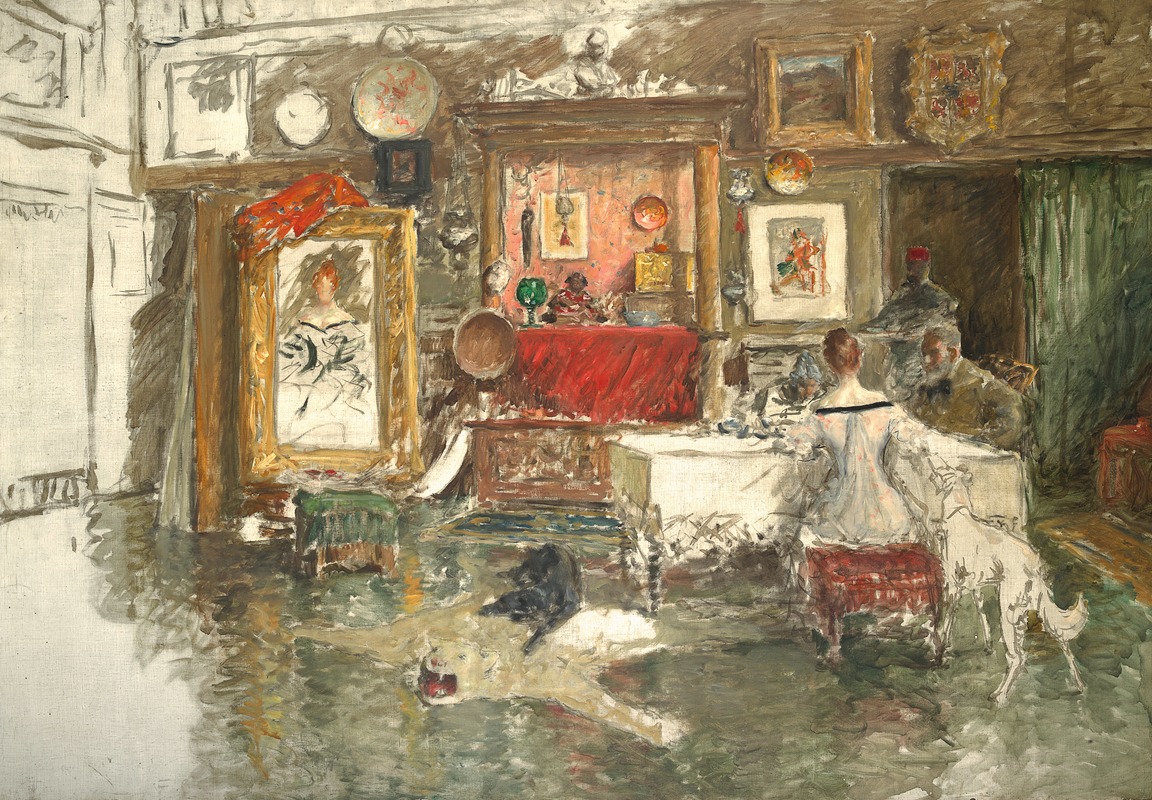
The Tenth Street Studio
A hand-painted replica of William Merritt Chase’s masterpiece The Tenth Street Studio, meticulously crafted by professional artists to capture the true essence of the original. Each piece is created with museum-quality canvas and rare mineral pigments, carefully painted by experienced artists with delicate brushstrokes and rich, layered colors to perfectly recreate the texture of the original artwork. Unlike machine-printed reproductions, this hand-painted version brings the painting to life, infused with the artist’s emotions and skill in every stroke. Whether for personal collection or home decoration, it instantly elevates the artistic atmosphere of any space.
"The Tenth Street Studio" is a notable painting by the American artist William Merritt Chase, created in 1880. Chase was a prominent figure in the American art scene during the late 19th and early 20th centuries, known for his contributions to the development of American Impressionism and his role as an influential teacher.
The painting depicts Chase's studio located on Tenth Street in New York City, which was part of the Tenth Street Studio Building. This building was one of the first purpose-built studio spaces for artists in the United States, constructed in 1857. It became a hub for artists and a center for the art community in New York, hosting numerous exhibitions and gatherings. Chase's studio was renowned for its opulence and eclectic decor, reflecting his taste and the cultural milieu of the time.
In "The Tenth Street Studio," Chase captures the interior of his studio with a keen eye for detail and a sophisticated use of light and color. The composition is rich with various objects that reflect Chase's interests and artistic influences, including European and Asian art pieces, luxurious textiles, and ornate furniture. The painting is an example of Chase's ability to blend realism with a sense of atmosphere, creating a space that feels both lived-in and carefully curated.
Chase's use of light in the painting is particularly noteworthy. He employs a naturalistic approach, with light streaming in from the large windows of the studio, illuminating the space and casting soft shadows. This treatment of light not only enhances the realism of the scene but also adds a sense of warmth and intimacy to the environment. The interplay of light and shadow is a hallmark of Chase's style, demonstrating his skill in capturing the subtleties of interior spaces.
The painting also serves as a self-portrait of sorts, not in the literal sense, but as a reflection of Chase's identity as an artist and his place within the art world. The studio was a personal sanctuary for Chase, a place where he could create and display his work, and the painting conveys a sense of pride and accomplishment. It also highlights Chase's role as a collector and connoisseur, showcasing his appreciation for diverse artistic traditions and his ability to integrate them into his own work.
"The Tenth Street Studio" is significant not only for its artistic merits but also for its historical context. It provides insight into the life of an artist in late 19th-century America and the cultural dynamics of the period. The painting is part of the collection of the Brooklyn Museum, where it continues to be appreciated by audiences for its beauty and historical significance.
Overall, "The Tenth Street Studio" exemplifies William Merritt Chase's mastery of interior scenes and his contribution to American art. It remains a valuable piece for understanding the evolution of art in the United States and the personal and professional life of one of its most esteemed artists.






